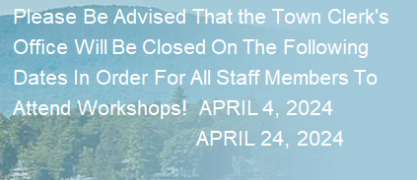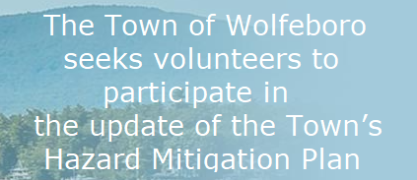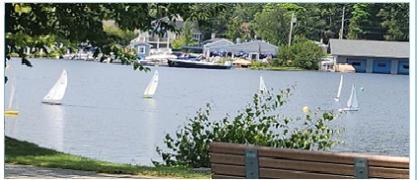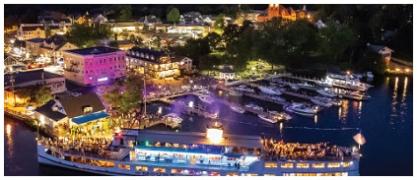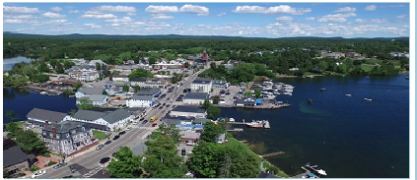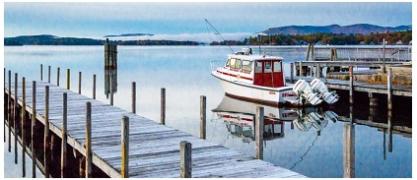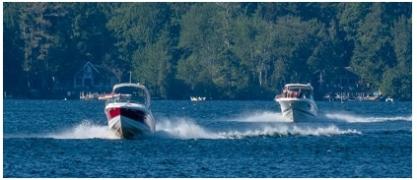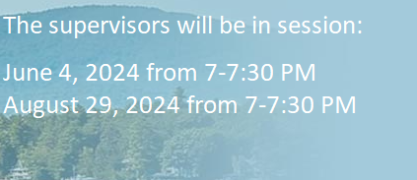Lake Winnipesaukee Water Quality Summary
Lake Winnipesaukee is the largest lake in New Hampshire containing many coves, islands, and inlets across multiple towns. The Lake Winnipesaukee Association (LWA) is the non-profit organization that is leading efforts to coordinate the assessment of water quality around the lake and to develop management plans to protect and enhance the lake. In addition, LWA has a gateway with a map of the Lake Winnipesaukee watershed that includes all of Wolfeboro Waters and says it will provide access to all the individual monitoring results in the future.
In recent years, LWA has been leading efforts to conduct assessment and management plans for different sections of the lake. It has completed some, addressing Center Harbor and Moultonborough. It currently is undertaking one that addresses Tuftonboro and, with the support of the Town of Wolfeboro voters in March 2019, the Wolfeboro portion of Winter Harbor. This assessment and management plan is expected to be completed in the summer of 2020. The data collected by this Assessment Subcommittee in the Winter Harbor are available to the LWA and the engineer firm that it hired to prepare this plan.
Over the years there has been water sampling done in conjunction with UNH LLMP for a number of sites in Lake Winnipesaukee in Wolfeboro, but no systematic multi-year monitoring at its sites and summary reports prepared, except for Winter Harbor starting in 2017 (which is discussed in a separate section below). On the other hand, looking over the historical data, there were no major issues or concerns that were apparent.
In 2019, the Wolfeboro Waters Assessment Subcommittee sought to expand sample collection across the various sections of Lake Winnipesaukee in Wolfeboro to get some baseline data, to identify any issues or areas of concern, and to guide the design of future conditions and trends monitoring. Sampling sites were added in Wolfeboro Bay, Back/Front Bay, Jockeys Cove, Delings Cove, Tips Cove, and the Broads. (See above graphic)
The 2019 final data from the UNH LLMP program was received in early January 2020. An extract of the key data is provided in Assessment Committee Report, Appendix D None of the measurements of total phosphorous are in excess of 8.0 ug/L nor any chlorophyll-a measurements in excess of 3.3 ug/L. Water clarity as measured using Secchi disks was good at all the deeper water sites. So, all of the measurements thus far indicate good (ogliotrophic) conditions.

